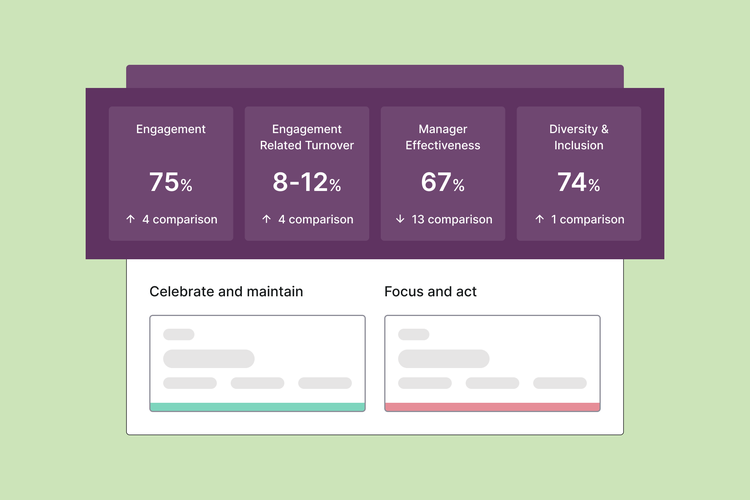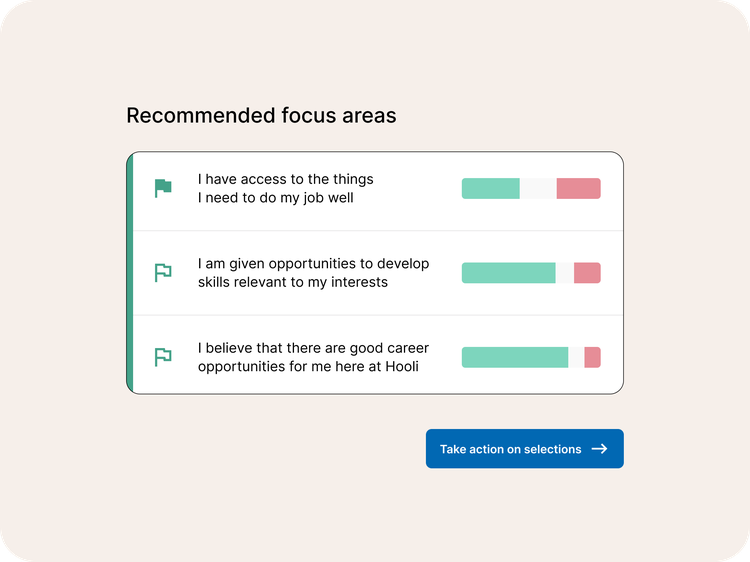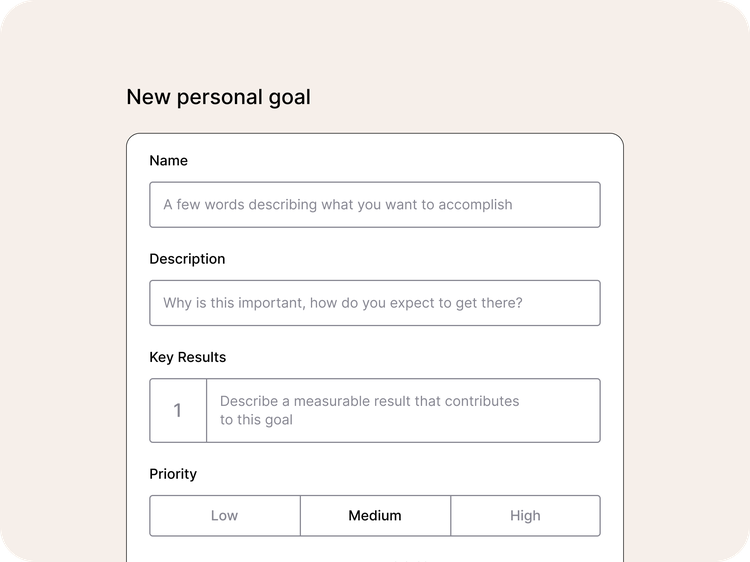
Article
HR teams do a lot of important work at their organizations. Unfortunately, the impact of their work isn’t frequently shared with the entire organization or isn’t communicated effectively. This can lead to company-wide misalignment, a failure to grasp the results of people-focused initiatives, and a general lack of appreciation for HR’s contributions.
In this article, we’ll explain how storytelling can paint a better picture of all the contributions HR makes to the organization. We’ll also show you how the Culture Amp platform can empower HR leaders to better convey their decisions, progress, and results to the rest of the company.
Think about your last all-hands meeting. You likely heard updates from the engineering, marketing, and product teams. But was HR part of the conversation? Unfortunately, it’s all too common for HR teams not to share the progress or results of their work. Or if they do, they present scraps of information that don’t resonate with the rest of the organization.
We want to suggest a new way for HR teams to start communicating about their work – and that’s through the power of storytelling. While every story told will be a little different, each one should generally be able to address the following questions:
Clearly hitting on these points will help your workforce internalize the most important information and understand the big picture. But like with any story, you have to adapt your content depending on who your audience is. In the next section, we’ll dive into the different personas you need to understand and explain how to shape your story to reach them effectively.
When it comes to key stakeholders within an organization, you have your executives, team leaders, and employees, and each of these groups has its own set of priorities. Below, we share more insight into each persona and the questions they will want to be answered when you share the HR story.
Your C-suite wants to understand two things when it comes to the HR story: 1) what the big picture is and 2) where they immediately need to take action. This means HR teams need to show executives, in an easily digestible format, how certain initiatives are progressing and give them access to real-time data and feedback from their employees.
Questions executives want to be answered in HR communication:
How Culture Amp helps:

Team leaders – such as your Head of Marketing and Vice President of Finance – care about the people they manage. Specifically, they want to understand how their employees are performing and feel about the work they’re doing.
Also, don’t forget that your extended HR team is part of this group as well – from your Global Benefits Director to your Human Resources Business Partners (HRBPs). Every function of HR needs to have access to the same information so they can communicate with their teams about what to prioritize, where potential issues lie, and how to develop data-based strategies.
Questions team leaders want to be answered in HR communication:
How Culture Amp helps:

Employees want to have visibility beyond their own roles or teams. This type of information not only gives them a sense of belonging to the broader organization, but also provides a benchmark about the company’s overall performance, sentiment, and goals. That’s why all-hands meetings are critical to keeping employees in the loop.
Questions employees want to be answered in HR communication:
How Culture Amp helps:

With the power of storytelling, you’ll be able to experience more effective HR communication in the workplace. Not only will this create better alignment across the entire organization, but it’ll also build appreciation for the work HR teams are doing.
